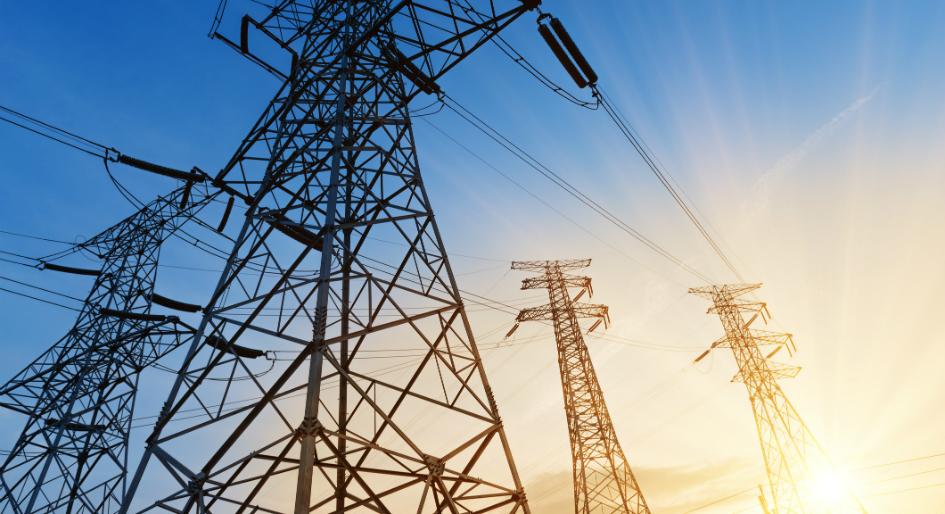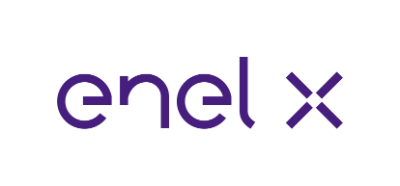Ontario’s demand response program, which helps to improve grid reliability by paying large energy users for their ability to reduce energy consumption from the grid in emergency situations, recently reached an important milestone. Early last month, the Independent Electricity System Operator (IESO) held its third annual auction, which officially marked the full transition into the market-based Demand Response Auction (DRA) program and the end of the Capacity-Based Demand Response (CBDR) program.
To get some insight into the transition, as well as to clarify some misconceptions that have emerged as a result, we spoke with Sarah Griffiths, Director of Regulatory Affairs for Enel X North America.
For more information about how Ontario businesses can earn payments through demand response, download this FAQ.
Q: What is your background in Ontario’s demand response market?
I joined Enel X North America 5 years ago after spending 15 years working in politics and at a major utility in the Greater Toronto Area.
At the time, EnerNOC—which became part of Enel X earlier this year—recognized that navigating the complexities and intricacies of the Ontario electricity system would require someone on the ground in the province who understood where the public policy decisions were actually being made, and had relationships with those decision makers in government and at the independent agencies that governed the electricity sector.
Since I joined, I have been actively engaged in the Demand Response Working Group, which initially worked with IESO staff to design the DRA rules and now meets regularly to ensure that value is being delivered to the system operator, but more importantly to our customers.
I am also active on other committees and working groups at the IESO that focus on the long-term issues facing the sector to ensure that the Demand Response contributors will be treated in an equal and fair way when it comes to participation in the current electricity market. In addition, I am constantly advocating for the system to open opportunities for other ways our customers can deliver maximum value to the system.
Based on this experience, I now have the privilege to represent Demand Response Aggregators on the IESO Technical Panel, which provides independent advice to the IESO Board of Directors on the approval of Market Rules that govern our participation in the electricity markets.
Q: So what is the major change in demand response that Ontario’s energy consumers should know about?
For the past three years, the IESO has managed two Demand Response Programs: the Capacity-Based Demand Response (CBDR) program and the competitive Demand Response Auction (DRA). CBDR was initially created as a temporary program to ease the transition from the previous demand response program operated by the Ontario Power Authority—which merged with the IESO in 2015—to the DRA.
This year, the last of the CBDR contracts have expired. To continue participating, the demand response aggregators who held those contracts will need to participate in the IESO’s annual auction, which was held earlier this month, to obtain capacity in the DRA program.
Although the DRA and the CBDR program rules are similar, participation in the DRA more closely aligns with how the IESO intends to procure capacity in the future through an Incremental Capacity Auction (ICA).
The IESO is transitioning how they procure supply in Ontario from long-term contracts to an auction-based mechanism. Through the ICA, all resources in Ontario will compete in an auction, similar to the DRA. Based on our experience in other capacity markets, demand response resources will do well in securing obligations to provide capacity to the system.
Overall, Enel X believes that the current DRA provides greater value to the customer as compared to the CBDR program as the incentive/penalty rules better reflect the ability of customers, and therefore our portfolio, to be available to the system operator.
Q: This transition between programs has generated some confusion among potential participants. What are some of the common misconceptions you’ve come across lately?
One common misconception we’ve seen is that Ontario demand response customers can “stack” multiple demand response programs—such as CBDR and DRA—which would enable them to earn additional payments by participating in multiple programs. In actuality, CBDR contracts are now expired, and DRA is the only IESO demand response program. So, as much as customers would love to earn payments through multiple programs, you simply can’t accomplish that in Ontario at this time.
Energy consumers in the province should also be on the lookout for demand response aggregators that are intentionally misrepresenting the nature of the transition or their role in the new program. For example, the IESO has already had to respond to demand response aggregators claiming to be “agents of the IESO” or “acting on behalf of the IESO.” However, no private organization can act as an agent on behalf of the IESO. Additionally, some have used alternative names to refer to the new program, which has created some confusion in the market. DRA is the only program administered by the IESO, and only Demand Response Market Participants (DRMPs) that have been approved by the IESO can connect end users to payments through the program.
We understand that navigating this transition might be difficult if you’re unclear on the specifics. If you have any other questions about the program, reach out to our team of experts for clarification.
Q: Will the shift to the DRA mean that demand response participants will need to curtail any more or less going forward?
The transition doesn’t change anything about the nature of curtailment as part of participation in demand response. If the grid encounters an emergency situation, demand response will be called upon to help maintain balance between supply and demand on the system.
We have seen some confusion over the nature of these curtailment events, however. Since the IESO has not had to call an emergency dispatch event since 2016, some have jumped to the conclusion that demand response participants have not had to curtail energy consumption in that time. However, all participants in the province have still had to curtail as part of testing requirements in the program.
Going forward, participants will still need to respond to these tests and demonstrate their ability to reduce consumption. And while it’s true that Ontario’s participants have not been called upon for an emergency dispatch in recent years, that does not mean they will not be called upon for an event in the future.
The electricity system in Ontario will continue to go through change, especially as nuclear power plants go down for refurbishment. It is my number one priority to ensure that the demand response resource and our contributors are protected while continuing to provide cost-effective value to the IESO, and therefore the ratepayer.
This article was first published on the EnergySMART blog.







